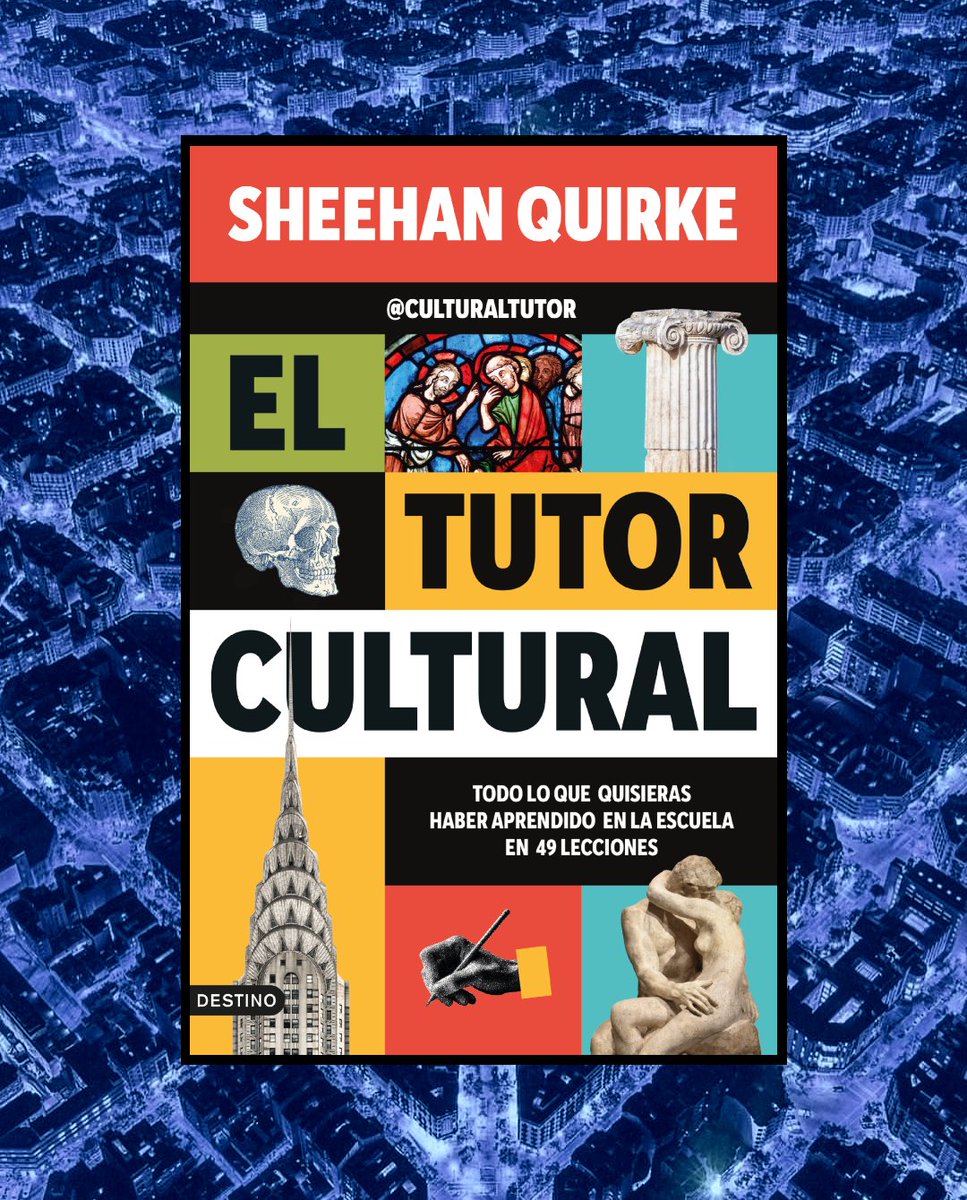Art Nouveau doorways are delightful.
Like this one in Brussels, designed by Ernest Delune in 1893 for the house of a famous glass maker.
And there are plenty more just like it...
Like this one in Brussels, designed by Ernest Delune in 1893 for the house of a famous glass maker.
And there are plenty more just like it...

Art Nouveau was a movement that appeared in Belgium in the 1890s — it might just be the best thing Belgium has ever done for the world.
Hence much of the best Art Nouveau architecture (and doorways) are in Belgium.
Like this one in Antwerp:
Hence much of the best Art Nouveau architecture (and doorways) are in Belgium.
Like this one in Antwerp:

Art Nouveau literally means "New Art" in French.
And that's the best way to think about it: this was an attempt to find new forms, methods, shapes, and decorations.
Not Classical, not Gothic, not based on the conventions of the past — something different.
And that's the best way to think about it: this was an attempt to find new forms, methods, shapes, and decorations.
Not Classical, not Gothic, not based on the conventions of the past — something different.

And you can sense those efforts.
Art Nouveau design is full of life, creative passion, experimentation, and excitement.
Even a century later this sort of thing somehow still feels *new* and *different*.
Art Nouveau design is full of life, creative passion, experimentation, and excitement.
Even a century later this sort of thing somehow still feels *new* and *different*.

From Belgium Art Nouveau spread to France and then the rest of the Europe.
There were subgenres of Art Nouveau in Austria, known as Jugendstil, and in Catalonia, known as Modernisme.
This is the Casa Comalat in Barcelona, designed by Salvador Valeri i Pupurull, in 1909.
There were subgenres of Art Nouveau in Austria, known as Jugendstil, and in Catalonia, known as Modernisme.
This is the Casa Comalat in Barcelona, designed by Salvador Valeri i Pupurull, in 1909.

Meanwhile the Austrian architect Joseph Maria Olbrich designed several houses for a sort of Art Nouveau artists' colony in Darmstadt, Germany.
Including these fabulous doorways:


Including these fabulous doorways:


There was also Art Nouveau in Finland.
Here, again, we see that motif of the oversized, circular doorway at this apartment in Turku.
Here, again, we see that motif of the oversized, circular doorway at this apartment in Turku.

All these variants of Art Nouveau were united by certain core principles.
Such as taking inspiration from nature, from the curves and flowing lines of flowers.
Either integrating flowers into the design or simply imitating their shapes and conjuring an atmosphere of delicacy.


Such as taking inspiration from nature, from the curves and flowing lines of flowers.
Either integrating flowers into the design or simply imitating their shapes and conjuring an atmosphere of delicacy.


Art Nouveau was also about making the most of materials like iron and glass... along with mosaics, murals, sculptures, and woodwork.
This was a sophisticated, luxurious, almost decadent style of architecture.
Just look at the Maison Saint-Cyr in Brussels!
This was a sophisticated, luxurious, almost decadent style of architecture.
Just look at the Maison Saint-Cyr in Brussels!

Asymmetry was also a major motif of Art Nouveau design — in direct contrast to the principles of Classical Architecture.
Sometime in the overall form of a building, or sometimes in its patterns and decoration.
Hence doorways like the one designed by Delune.
Sometime in the overall form of a building, or sometimes in its patterns and decoration.
Hence doorways like the one designed by Delune.

The result of Art Nouveau's asymmetry, flowing lines, colourfulness, abundant decoration, and oversized elements is that it feels whimsical, almost dreamlike and fantastical.
It doesn't take itself too seriously — it is, simply, delightful.
It doesn't take itself too seriously — it is, simply, delightful.

And that's part of the reason Art Nouveau remains so charming to us.
It is a reminder that something as simple as a doorway doesn't need to be boring and functional — it can be beautiful, delightful, funny, or intriguing.


It is a reminder that something as simple as a doorway doesn't need to be boring and functional — it can be beautiful, delightful, funny, or intriguing.


The artists of Art Nouveau — architects, painters, carpenters, glass makers, iron workers — tried to do something original rather than merely doing architecture as it had always been done.
They stood against convention... and they succeeded.
They stood against convention... and they succeeded.

It's strange to think that Art Nouveau only really lasted for about twenty years.
By the end of the First World War, in 1918, the movement was more or less finished, soon to be replaced by Art Deco.
By the end of the First World War, in 1918, the movement was more or less finished, soon to be replaced by Art Deco.

But, in that brief period of its zenith, Art Nouveau gave the world some of the most wonderful architecture it has ever known — and still, to this day, some of its most delightful doorways... 

• • •
Missing some Tweet in this thread? You can try to
force a refresh






















